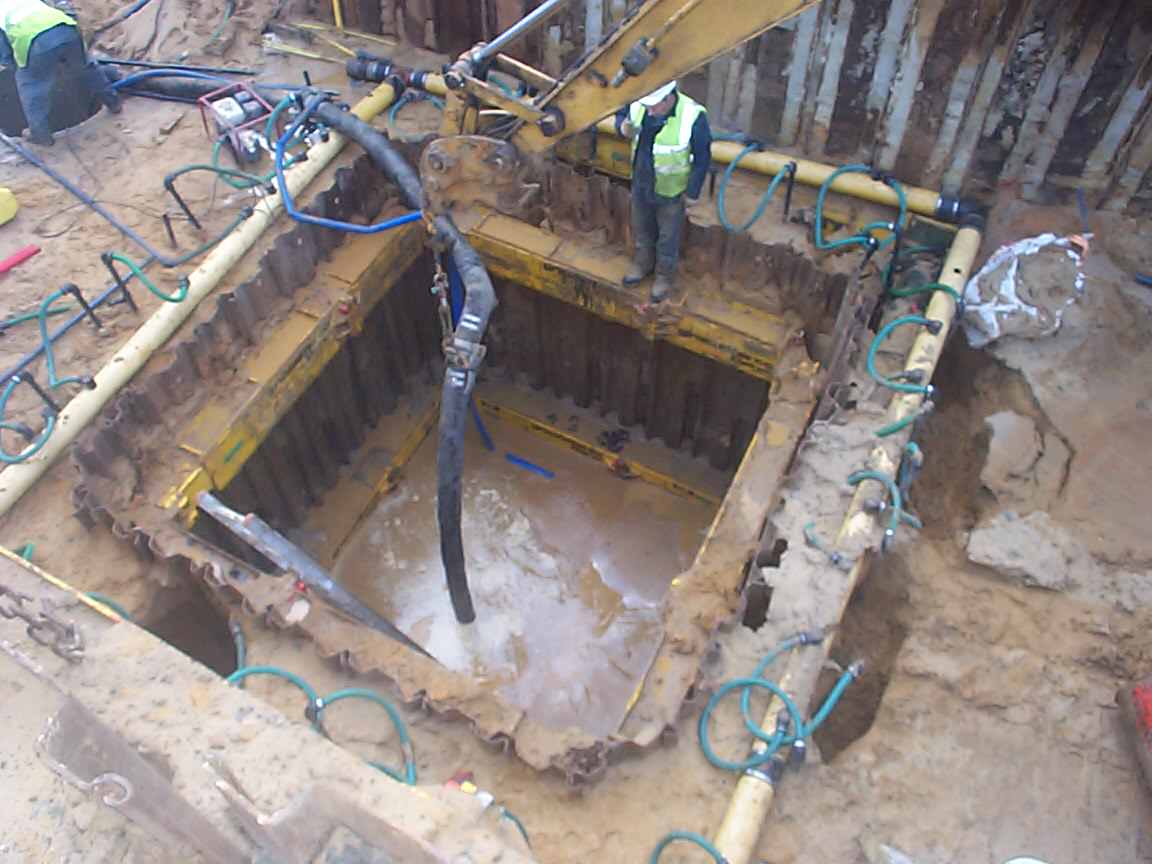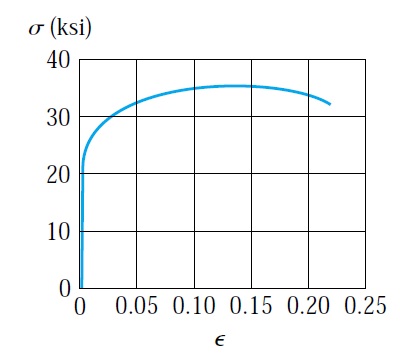Ground improvement and stabilization techniques-Lowering of the groundwater table
Lowering the groundwater table will significantly improve the soil properties. Reducing of the groundwater table is a time-limited process and not always possible. Under running steams. Where the settlement could affect an important area adversely such as inside cities groundwater lowering should not be allowed. Also, it should not be permitted if the groundwater lowering could impact the flora and existing water supply aquifers. Groundwater lowering methods will required arrangement for storing the water. In some cases, it is necessary to treat the water before discharge it.
In permeable strata where the permeability, k, exceeds about 10–3 cm/s, or where an aquifer can be dewatered below less permeable strata, the level of the water table over a wide area can be drawn down by pumping from boreholes and deep wells. These processes are widely used in open excavations and are also suited to cut-and-cover tunnels and shallow bored tunnel.Figure 1
There are two common methods used for lowering groundwater table well points and deep filter wells. Well points method used widely to lower the groundwater table. Well points method cant be used to reduce the water table for depth more than 6 m approximately due to the capacity of the suction pump. However, staged well points can be used to lower water table from depths more than 6 m but this will result in the increase of the excavated area more than the required. The washing boring (use high-pressure water jet)will be used to drill well points. The well points will be installed at intervals of 1 to 3 m. The intervals between well points are decided by the permeability of the ground. Figure 2 showing a typical arrangement of well points method.
Deep filter well used for deep excavations. Figure number 3 showing a typical arrangement for this method. In this method, a well of 300 mm diameter or more drilled to the required depth. At the bottom of the well filter material is placed around the perforated pipe. a Submersible pump will be used to suck the water from the ground. It is essential to investigate the soil condition to establish a successful system that can lower the water table quickly without any delays.
Lowering the groundwater table can result in consolidation settlement for the surrounding soil, and this could affect the nearby structures. Therefore the settlements and effects of lowering groundwater should be monitored closely.
Figure 2
Figure 3


















Comments
Post a Comment